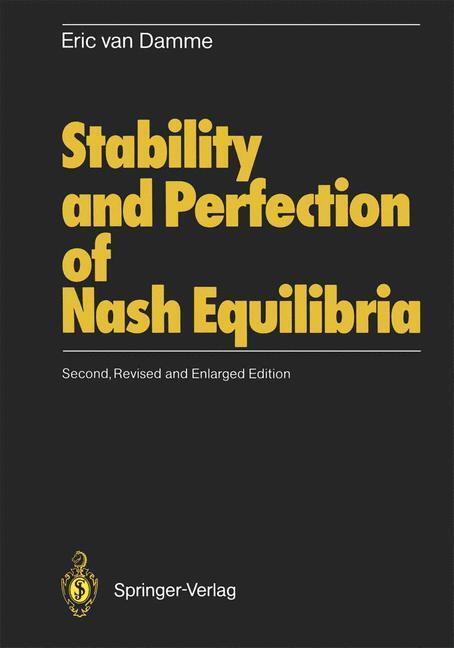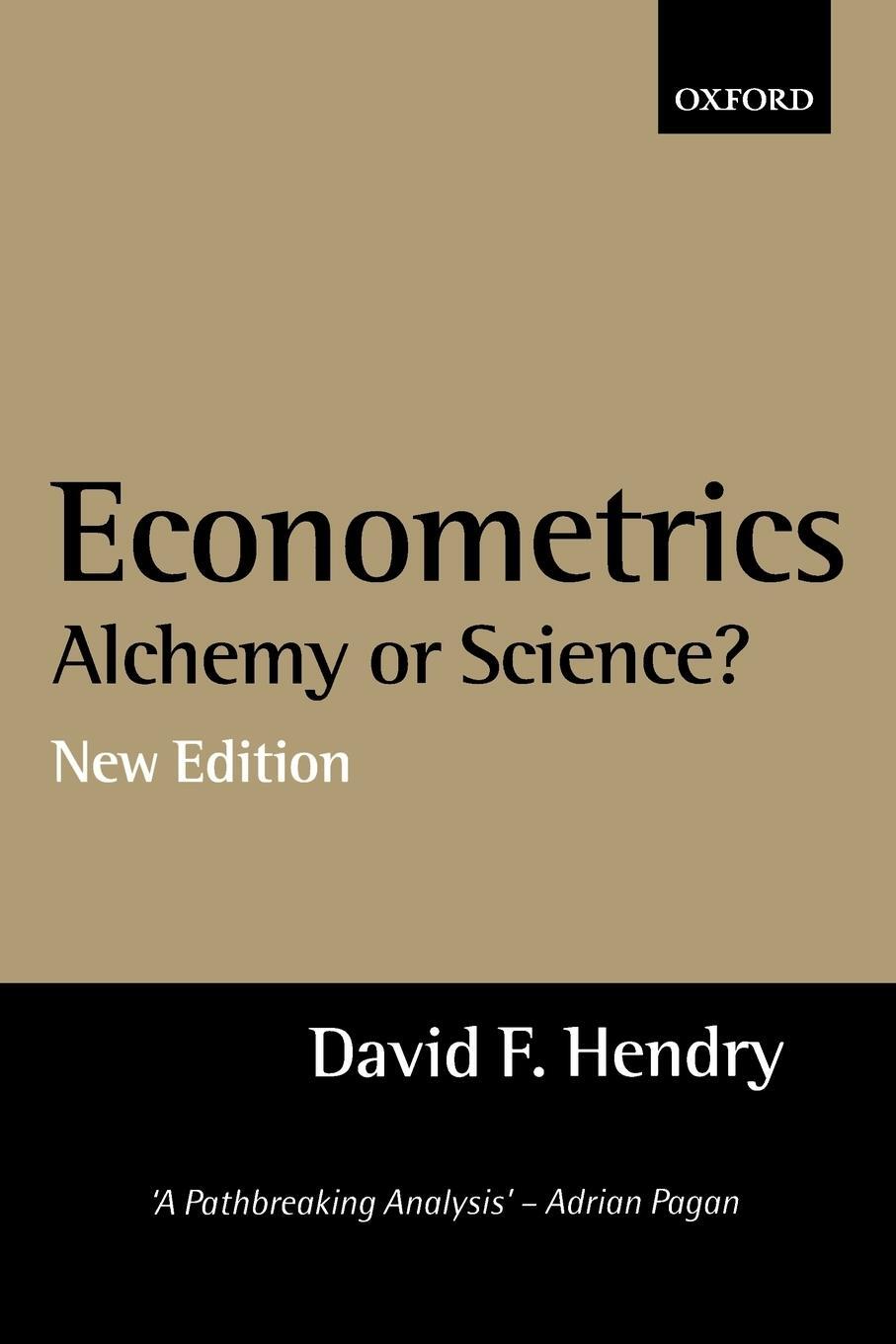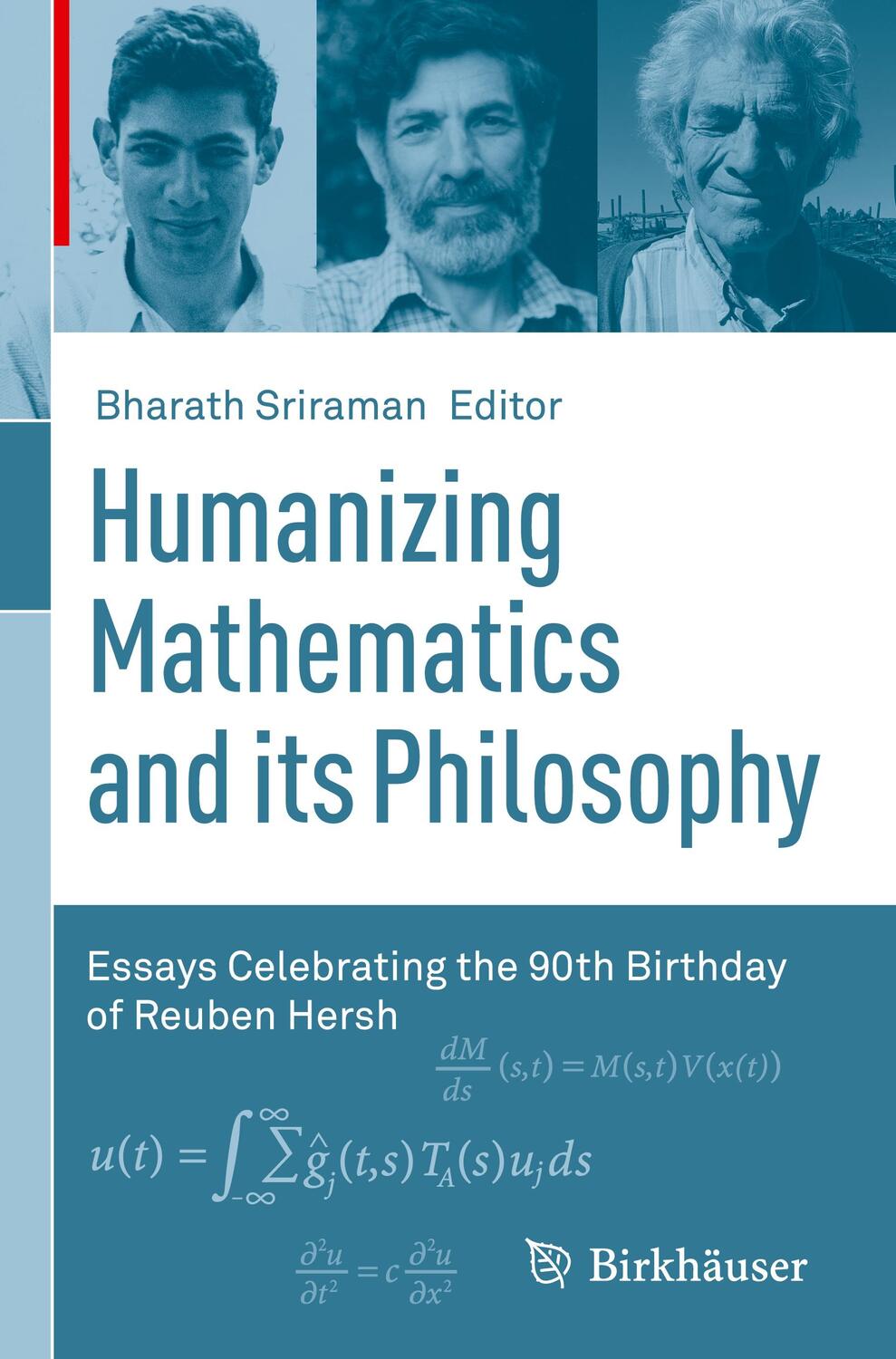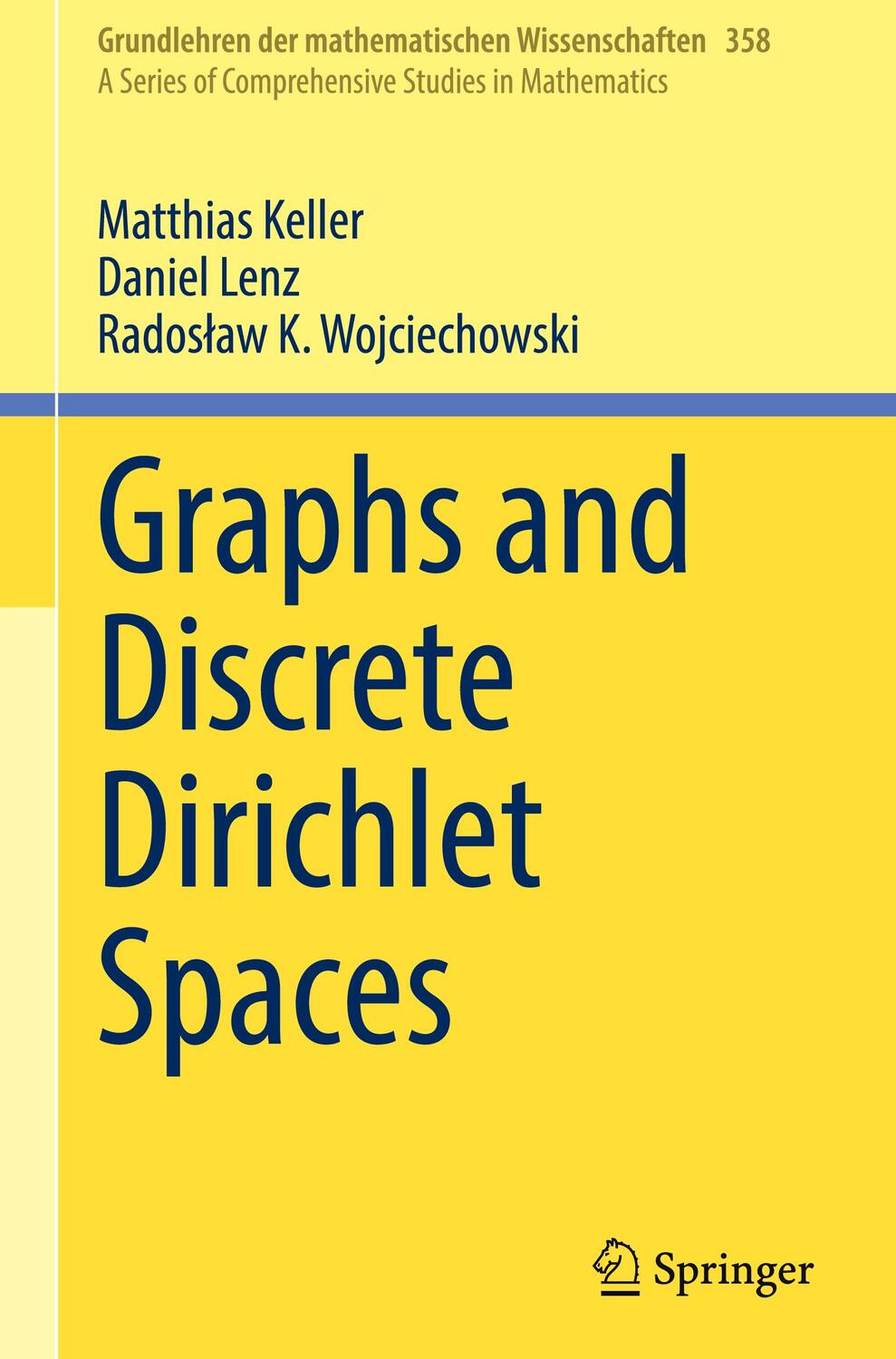Dekorationsartikel gehören nicht zum Leistungsumfang.
Sprache:
Englisch
114,95 €*
Versandkostenfrei per Post / DHL
Lieferzeit 4-7 Werktage
Kategorien:
Beschreibung
I have been pleased with the favourable reception of the first edition of this book and I am grateful to have the opportunity to prepare this second edition. In this revised and enlarged edition I corrected some misprints and errors that occurred in the first edition (fortunately I didn't find too many) and I added a large number of notes that give the reader an impression of what kind of results have been obtained since the first edition was printed and that give an indication of the direction the subject is taking. Many of the notes discuss (or refer to papers discussing) applications of the refinements that are considered. Of course, it is the quantity and the quality of the insights and the applications that lend the refinements their validity. Although the guide to the applications is far from complete, the notes certainly allow the reader to form a good judgement of which refinements have really yielded new insights. Hence, as in the first edition, I will refrain from speculating on which refinements of Nash equilibria will survive in the long run. To defend this position let me also cite Binmore [1990] who compares writing about refinements to the Herculean task of defeating the nine-headed Hydra which grew too heads for each that was struck off. It is a pleasure to have the opportunity to thank my secretary, Marjoleine de Wit, who skilfully and, as always, cheerfully typed the manuscript and did the proofreading.
I have been pleased with the favourable reception of the first edition of this book and I am grateful to have the opportunity to prepare this second edition. In this revised and enlarged edition I corrected some misprints and errors that occurred in the first edition (fortunately I didn't find too many) and I added a large number of notes that give the reader an impression of what kind of results have been obtained since the first edition was printed and that give an indication of the direction the subject is taking. Many of the notes discuss (or refer to papers discussing) applications of the refinements that are considered. Of course, it is the quantity and the quality of the insights and the applications that lend the refinements their validity. Although the guide to the applications is far from complete, the notes certainly allow the reader to form a good judgement of which refinements have really yielded new insights. Hence, as in the first edition, I will refrain from speculating on which refinements of Nash equilibria will survive in the long run. To defend this position let me also cite Binmore [1990] who compares writing about refinements to the Herculean task of defeating the nine-headed Hydra which grew too heads for each that was struck off. It is a pleasure to have the opportunity to thank my secretary, Marjoleine de Wit, who skilfully and, as always, cheerfully typed the manuscript and did the proofreading.
Zusammenfassung
This book discusses the main shortcomings of the classical solution concept from non-cooperative game theory and provides a comprehensive study of the more refined concepts that have been introduced to overcome these drawbacks.
Inhaltsverzeichnis
1 Introduction.- 1.1 Informal Description of Games and Game Theory.- 1.2 Dynamic Programming.- 1.3 Subgame Perfect Equilibria.- 1.4 Sequential Equilibria and Perfect Equilibria.- 1.5 Perfect, Proper and Persistent Equilibria.- 1.6 Essential Equilibria and Regular Equilibria.- Notes.- 2 Games in Normal Form.- 2.1 Preliminaries.- 2.2 Perfect Equilibria.- 2.3 Proper Equilibria.- 2.4 Essential Equilibria.- 2.5 Regular Equilibria.- 2.6 An "Almost all" Theorem.- Notes.- 3 Matrix and Bimatrix Games.- 3.1 Preliminaries.- 3.2 Perfect Equilibria.- 3.3 Regular Equilibria.- 3.4 Characterizations of Regular Equilibria.- 3.5 Matrix Games.- Notes.- 4 Control Costs.- 4.1 Introduction.- 4.2 Games with Control Costs.- 4.3 Approachable Equilibria.- 4.4 Proper Equilibria.- 4.5 Perfect Equilibria.- 4.6 Regular Equilibria.- Notes.- 5 Incomplete Information.- 5.1 Introduction.- 5.2 Disturbed Games.- 5.3 Firm Equilibria.- 5.4 Perfect Equilibria.- 5.5 Weakly Proper Equilibria.- 5.6 Strictly Proper Equilibria and Regular Equilibria.- 5.7 Proofs of the Theorems of Sect. 5.5.- Notes.- 6 Extensive Form Games.- 6.1 Definitions.- 6.2 Equilibria and Subgame Perfectness.- 6.3 Sequential Equilibria.- 6.4 Perfect Equilibria.- 6.5 Proper Equilibria.- 6.6 Control Costs.- 6.7 Incomplete Information.- Notes.- 7 Bargaining and Fair Division.- 7.1 Introduction.- 7.2 Divide and Choose.- 7.3 Auction Methods.- 7.4 Bargaining Problems and Bargaining Solutions.- 7.5 The Nash Negotiation Game.- 7.6 The Rubinstein/Binmore Model.- 7.7 The Crawford/Moulin Model.- 7.8 Bargaining Games with Variable Threat Point.- Notes.- 8 Repeated Games.- 8.1 Introduction.- 8.2 Preliminaries.- 8.3 Infinitely Repeated Games Without Discounting.- 8.4 Infinitely Repeated Games with Discounting: Nash Equilibria.- 8.5 InfinitelyRepeated Games with Discounting: Subgame Perfect Equilibria.- 8.6 Finitely Repeated Games: Nash Equilibria.- 8.7 Finitely Repeated Games: Subgame Perfect Equilibria.- 8.8 Renegotiation-Proof Equilibria.- Notes.- 9 Evolutionary Game Theory.- 9.1 Introduction.- 9.2 Evolutionarily Stable Strategies.- 9.3 Strategic Stability of ESS.- 9.4 Population Dynamics.- 9.5 Asymmetric Contests: Examples and the Model.- 9.6 Asymmetric Contests: Results.- 9.7 Contests in Extensive Form: Definitions.- 9.8 Contests in Extensive Form: Results.- Notes.- 10 Strategic Stability and Applications.- 10.1 Equivalence of Games.- 10.2 Requirements for Strategic Stability.- 10.3 Stable Equilibria.- 10.4 Signalling Games: Introduction.- 10.5 Signalling Games: Dominance, Intuitive Arguments and Stability.- 10.6 Spence's Job Market Signalling Model.- 10.7 The Chain Store Paradox.- 10.8 Repeated Games.- Notes.- References.- Survey Diagrams.
Details
| Erscheinungsjahr: | 1991 |
|---|---|
| Medium: | Taschenbuch |
| Seiten: | 360 |
| Inhalt: |
xix
339 S. |
| ISBN-13: | 9783540538004 |
| ISBN-10: | 3540538003 |
| Sprache: | Englisch |
| Ausstattung / Beilage: | Paperback |
| Einband: | Kartoniert / Broschiert |
| Autor: | Damme, Eric Van |
| Auflage: | 2nd revidierte and enlarged ed. 1991 |
| Hersteller: |
Springer Berlin
Springer Berlin Heidelberg |
| Maße: | 242 x 170 x 20 mm |
| Von/Mit: | Eric Van Damme |
| Erscheinungsdatum: | 25.07.1991 |
| Gewicht: | 0,616 kg |
Zusammenfassung
This book discusses the main shortcomings of the classical solution concept from non-cooperative game theory and provides a comprehensive study of the more refined concepts that have been introduced to overcome these drawbacks.
Inhaltsverzeichnis
1 Introduction.- 1.1 Informal Description of Games and Game Theory.- 1.2 Dynamic Programming.- 1.3 Subgame Perfect Equilibria.- 1.4 Sequential Equilibria and Perfect Equilibria.- 1.5 Perfect, Proper and Persistent Equilibria.- 1.6 Essential Equilibria and Regular Equilibria.- Notes.- 2 Games in Normal Form.- 2.1 Preliminaries.- 2.2 Perfect Equilibria.- 2.3 Proper Equilibria.- 2.4 Essential Equilibria.- 2.5 Regular Equilibria.- 2.6 An "Almost all" Theorem.- Notes.- 3 Matrix and Bimatrix Games.- 3.1 Preliminaries.- 3.2 Perfect Equilibria.- 3.3 Regular Equilibria.- 3.4 Characterizations of Regular Equilibria.- 3.5 Matrix Games.- Notes.- 4 Control Costs.- 4.1 Introduction.- 4.2 Games with Control Costs.- 4.3 Approachable Equilibria.- 4.4 Proper Equilibria.- 4.5 Perfect Equilibria.- 4.6 Regular Equilibria.- Notes.- 5 Incomplete Information.- 5.1 Introduction.- 5.2 Disturbed Games.- 5.3 Firm Equilibria.- 5.4 Perfect Equilibria.- 5.5 Weakly Proper Equilibria.- 5.6 Strictly Proper Equilibria and Regular Equilibria.- 5.7 Proofs of the Theorems of Sect. 5.5.- Notes.- 6 Extensive Form Games.- 6.1 Definitions.- 6.2 Equilibria and Subgame Perfectness.- 6.3 Sequential Equilibria.- 6.4 Perfect Equilibria.- 6.5 Proper Equilibria.- 6.6 Control Costs.- 6.7 Incomplete Information.- Notes.- 7 Bargaining and Fair Division.- 7.1 Introduction.- 7.2 Divide and Choose.- 7.3 Auction Methods.- 7.4 Bargaining Problems and Bargaining Solutions.- 7.5 The Nash Negotiation Game.- 7.6 The Rubinstein/Binmore Model.- 7.7 The Crawford/Moulin Model.- 7.8 Bargaining Games with Variable Threat Point.- Notes.- 8 Repeated Games.- 8.1 Introduction.- 8.2 Preliminaries.- 8.3 Infinitely Repeated Games Without Discounting.- 8.4 Infinitely Repeated Games with Discounting: Nash Equilibria.- 8.5 InfinitelyRepeated Games with Discounting: Subgame Perfect Equilibria.- 8.6 Finitely Repeated Games: Nash Equilibria.- 8.7 Finitely Repeated Games: Subgame Perfect Equilibria.- 8.8 Renegotiation-Proof Equilibria.- Notes.- 9 Evolutionary Game Theory.- 9.1 Introduction.- 9.2 Evolutionarily Stable Strategies.- 9.3 Strategic Stability of ESS.- 9.4 Population Dynamics.- 9.5 Asymmetric Contests: Examples and the Model.- 9.6 Asymmetric Contests: Results.- 9.7 Contests in Extensive Form: Definitions.- 9.8 Contests in Extensive Form: Results.- Notes.- 10 Strategic Stability and Applications.- 10.1 Equivalence of Games.- 10.2 Requirements for Strategic Stability.- 10.3 Stable Equilibria.- 10.4 Signalling Games: Introduction.- 10.5 Signalling Games: Dominance, Intuitive Arguments and Stability.- 10.6 Spence's Job Market Signalling Model.- 10.7 The Chain Store Paradox.- 10.8 Repeated Games.- Notes.- References.- Survey Diagrams.
Details
| Erscheinungsjahr: | 1991 |
|---|---|
| Medium: | Taschenbuch |
| Seiten: | 360 |
| Inhalt: |
xix
339 S. |
| ISBN-13: | 9783540538004 |
| ISBN-10: | 3540538003 |
| Sprache: | Englisch |
| Ausstattung / Beilage: | Paperback |
| Einband: | Kartoniert / Broschiert |
| Autor: | Damme, Eric Van |
| Auflage: | 2nd revidierte and enlarged ed. 1991 |
| Hersteller: |
Springer Berlin
Springer Berlin Heidelberg |
| Maße: | 242 x 170 x 20 mm |
| Von/Mit: | Eric Van Damme |
| Erscheinungsdatum: | 25.07.1991 |
| Gewicht: | 0,616 kg |
Warnhinweis












